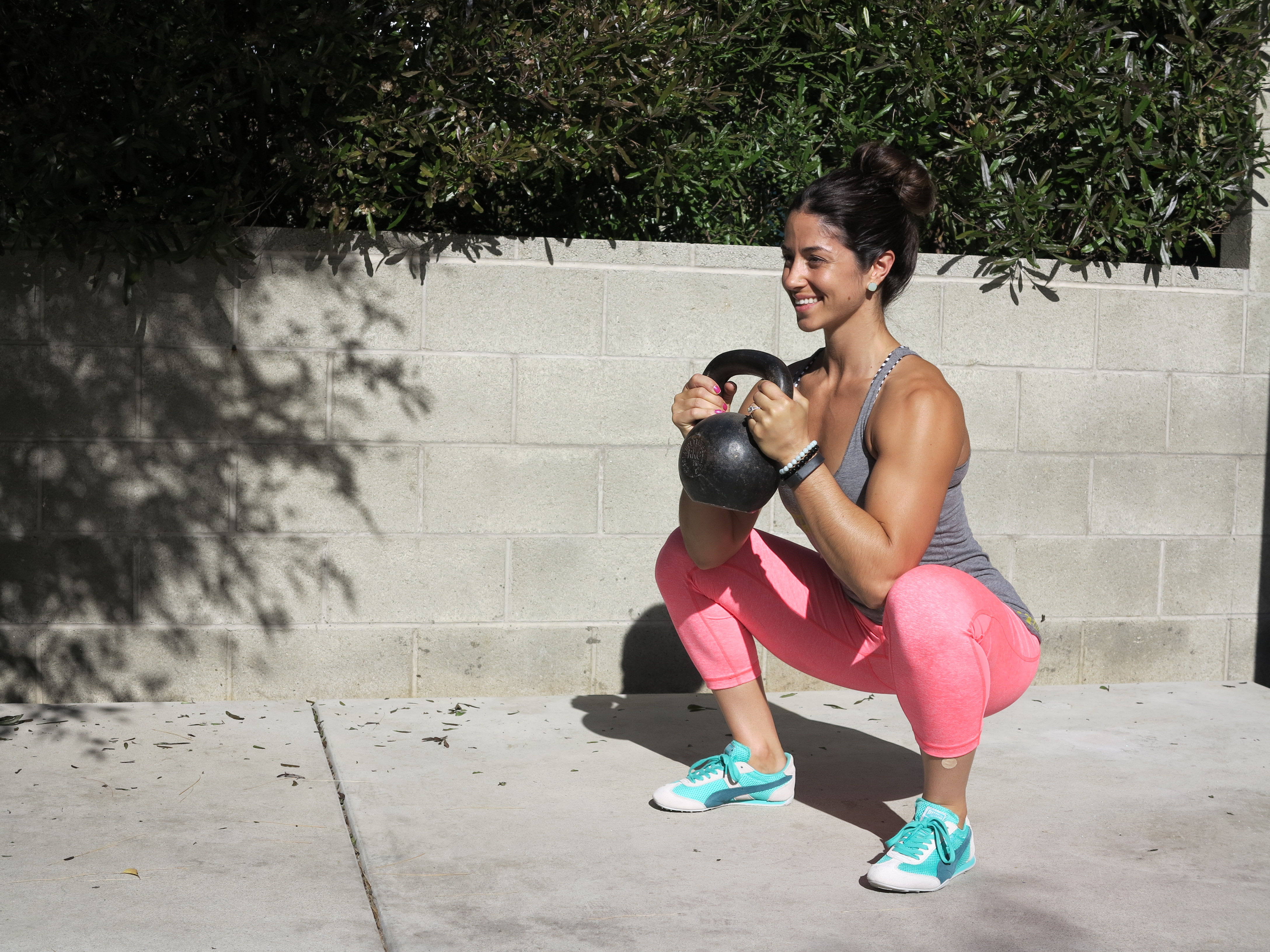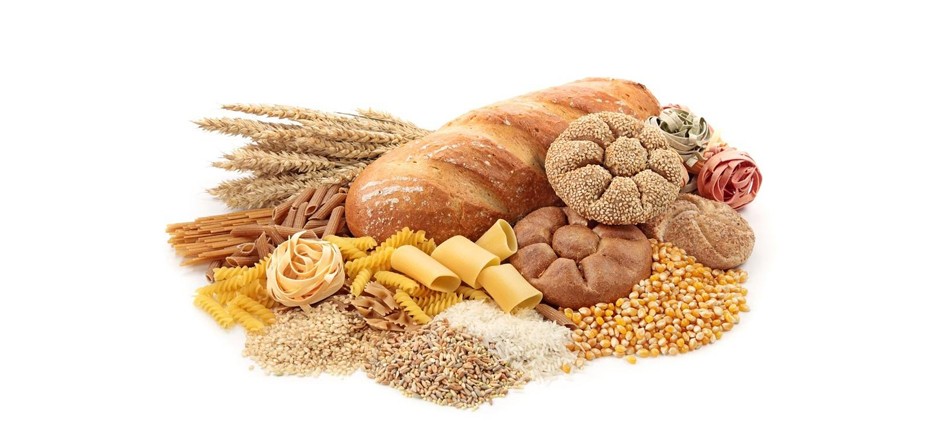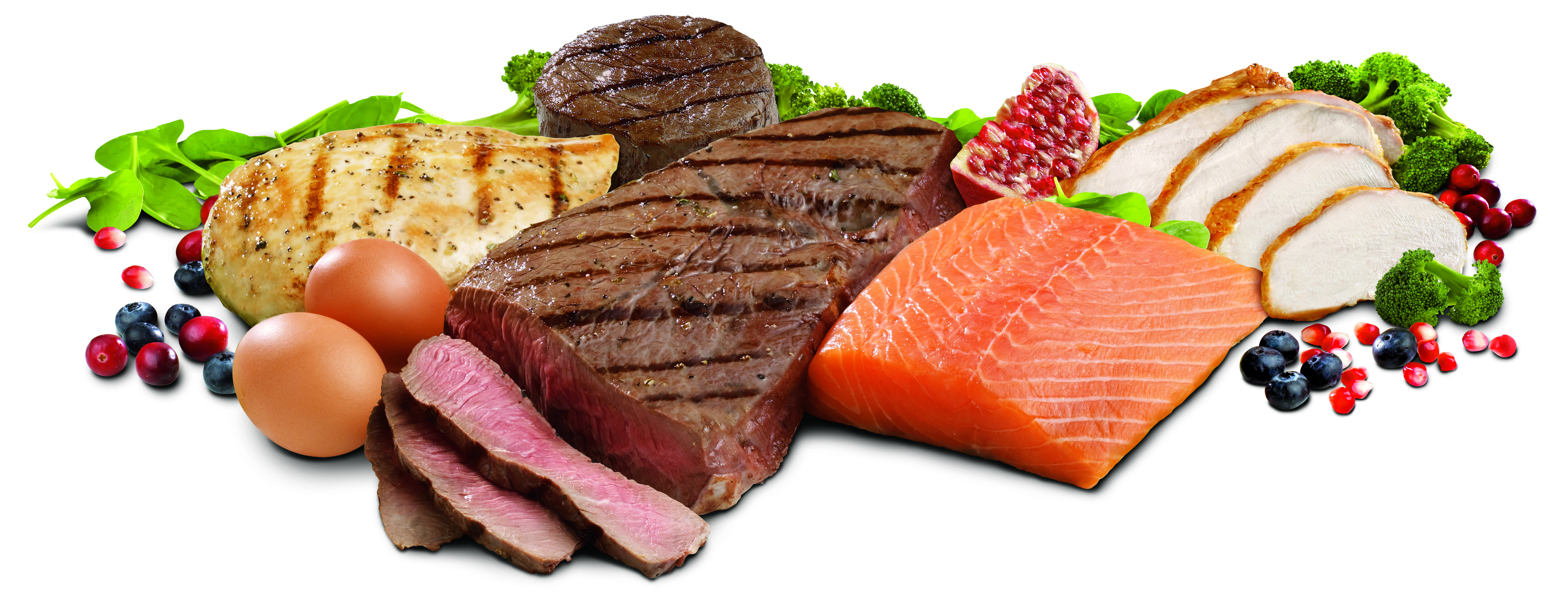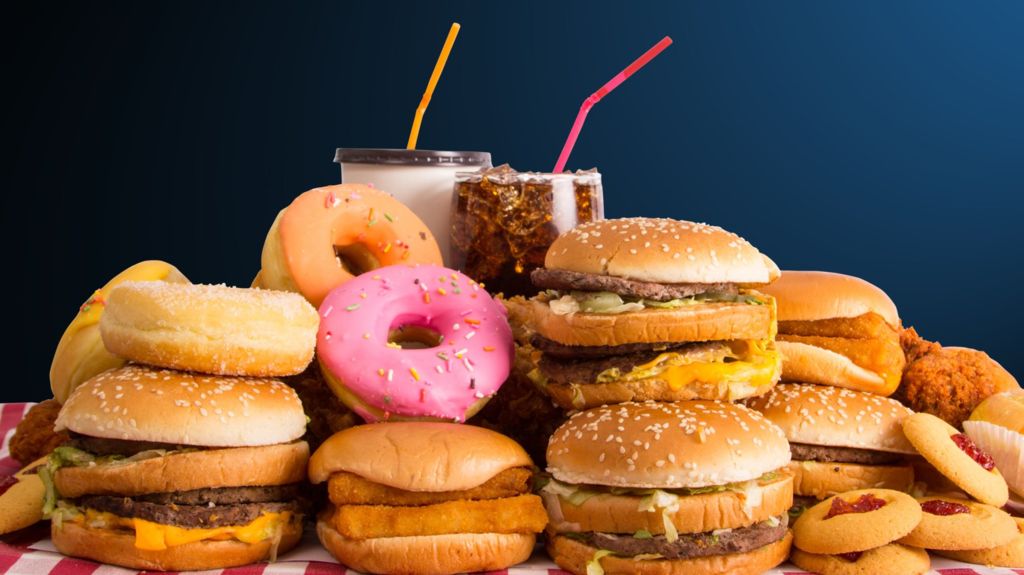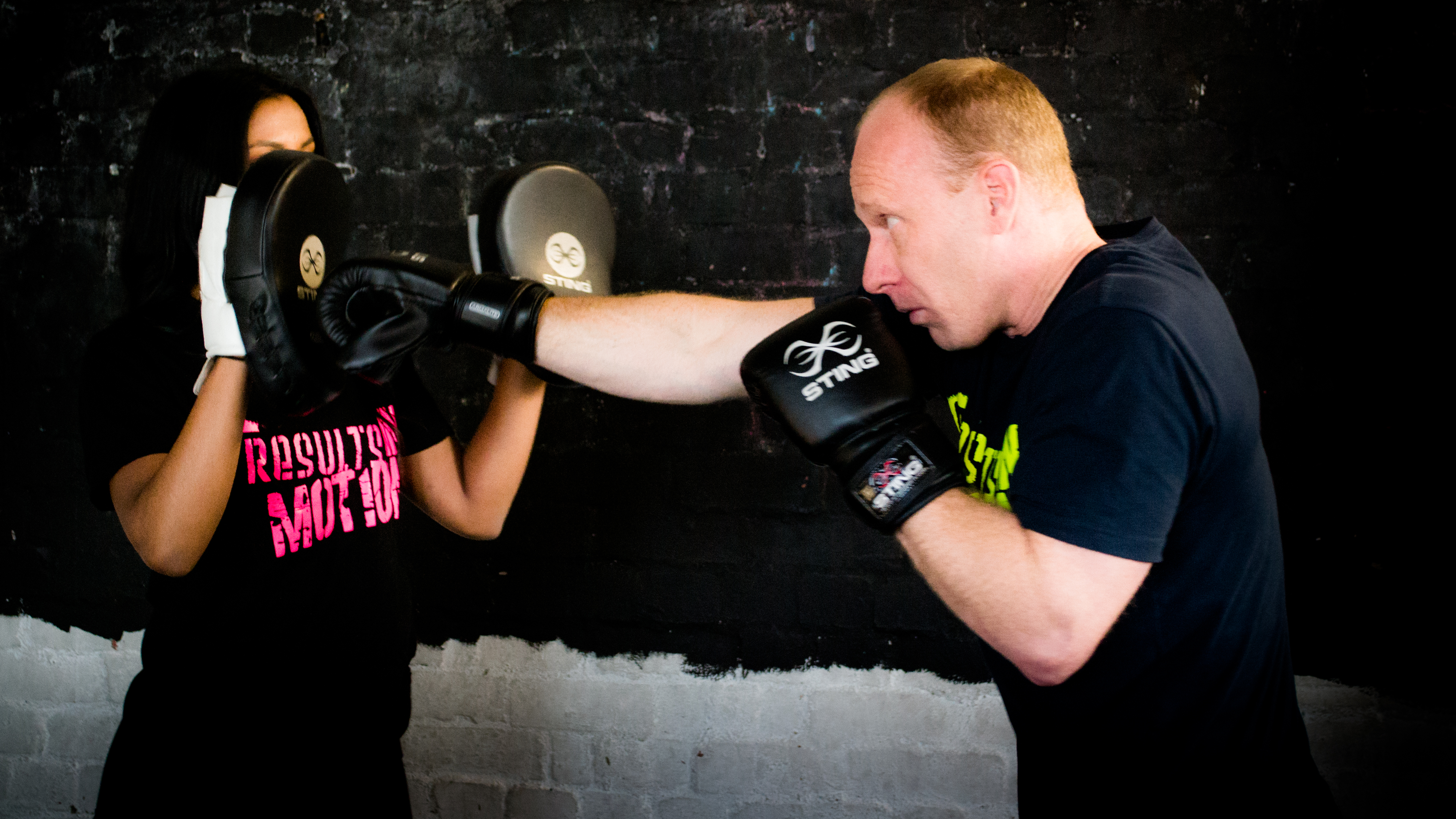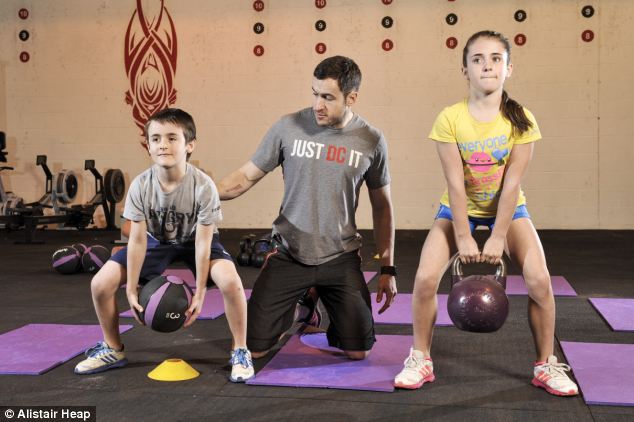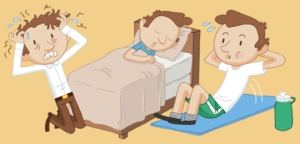The best thing about bootcamp is that it is suitable for all fitness levels (the strong, the weak, the fit and not so fit). Bootcamp classes pushes you past your mental or physical block. There is no slacking, no matter what your fitness level may be and you are forced to push yourself through your barriers, with the help and guidance of your instructor. It’s a major benefit to have someone telling you to fight through what you think you cannot do. Most of us need that extra push and that is why the instructors are there to help you.
1. Keeping Motivated
It’s easy to have commitment issues with the gym – whether it’s after work or early in the AM most people find it difficult to fit workouts into their schedule. Signing up for a bootcamp program will get you on the fitness bandwagon no matter what motivates you and will keep you on a consistent schedule . All you would need to do is take a few hours every week to commit to these time slots and you’ll see, the more consistent you are, the easier it is to stay motivated.
2. Increased Energy
A large amount of the classes are timetabled in the early morning so there is still time to shower and have breakfast all before getting to work. A bootcamp workout is most likely the hardest thing you will have to do all day – how awesome does it feel to get it out the the way early?! While everybody else is on their 3rd morning coffee – you will still be energised from your AM workout!
3. Building Strength
Halfway through the program – this is when you will start to notice some changes in your body. Whether it be progressing your push ups from knees to toes, or increasing the weight of your kettlebell, you’ll be able to notice a difference. Weights that you had been using when you first began, and exercises you were doing at a beginner level are also move up to an intermediate or an advanced level. suddenly – all your hard work and dedication starts to pay off.
4. Toning Up
Bootcamp challenges every muscle in your body – so you’re bound to feel the burn and intensity. By constantly moving for an hour, your body has little time to rest, therefore your burning hundreds of calories, even when you stop. In the course you may even slowly start to notice some baby bicep definition – yay gains!
5. Weight Loss
Now this takes some discipline in the kitchen to start seeing results from your boot camp sessions. As well as keeping consistent with exercising, we can also help you with your meal plans. Working at 100% and leaving class dripping with sweat, dos not mean you can eat what ever you like! Try tracking your calories and macros using an app like MyFitnessPal.
6. Confidence Booster
After your first class of absolutely smashing your workout, you will get that burst of energy and confidence when you realize what you just endured and completed. Getting through a tough workout can build your confidence and self esteem. Exercise is excellent for the body and mind. After all the progress and gains made, you will notice a huge improvement in how many more reps of a certain exercise you can do, and how far you’ve come. One of the most important things you’ll build at boot camp is confidence!





